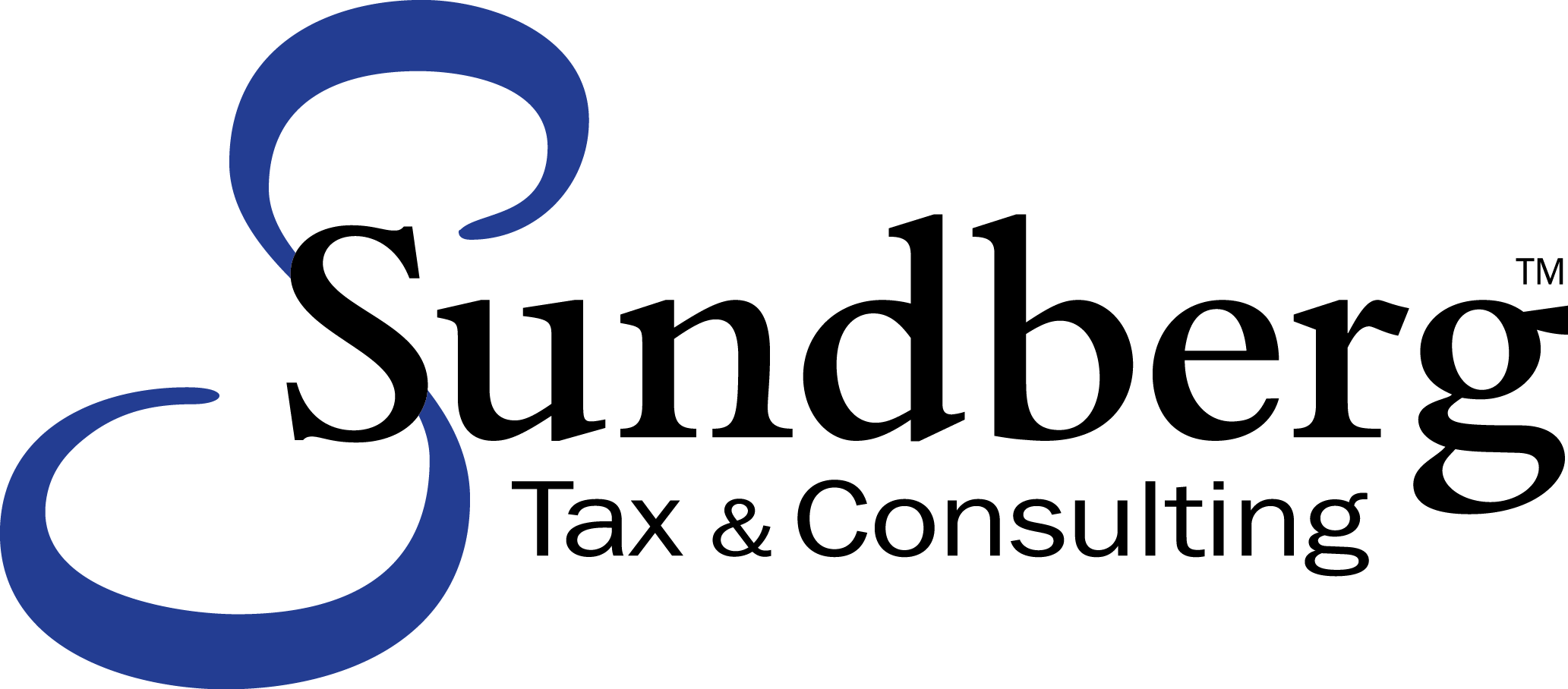 One important thing we do is decrease tax risk. Tax risk is both the risk of being selected for audit and having adjustments from the audit.
One important thing we do is decrease tax risk. Tax risk is both the risk of being selected for audit and having adjustments from the audit.
There are certain extra forms and statements on tax returns that should be used to make elections and to make the tax returns adhere precisely to the wishes of the IRS. Essentially, the goal is to make it so the IRS has to spend no time analyzing the tax return. This is why we do not cut corners in order to turn around a tax return more quickly, something that is prevalent in the CPA market for small and medium businesses. By making the IRS sure that the return preparer knows and respects the rules, we make the IRS more confident in every tax return prepared.
On an individual tax return, some of the things that may be done are simple, such as making the forms match the tax documents submitted to both the individuals and the IRS (1099s, W-2s, etc.). Also, it is wise to make sure the individual has substantiation to prove things like charitable contributions, which the IRS can verify pretty easily.
On a business tax return, much more needs to be done to make sure the return is low-risk. Even on a business tax return that is a part of a larger 1040, there are many items that must match or associate with one another in order to make sure the return is not selected by the IRS for an information request. For instance, when the at-risk rules, the business income, and the passive activity forms do not all agree with one another, the IRS will know something is awry and will probably ask about it.
Because tax returns require a specialized knowledge and close attention to all the details, individuals and business owners should talk to our professionals in order to decrease their risk with the IRS or other taxing authorities.
[do action=”disclaimer”/]





